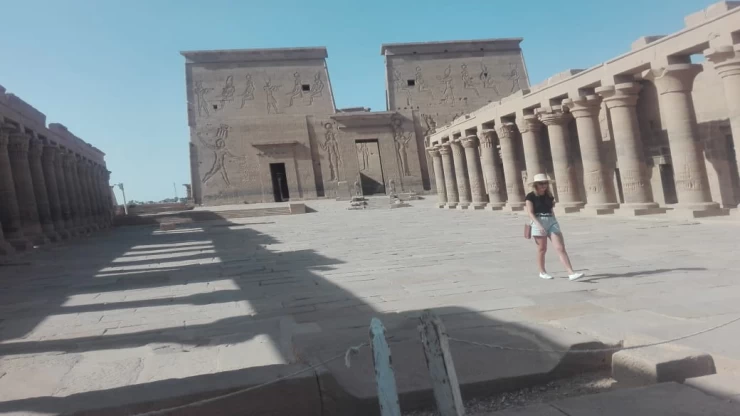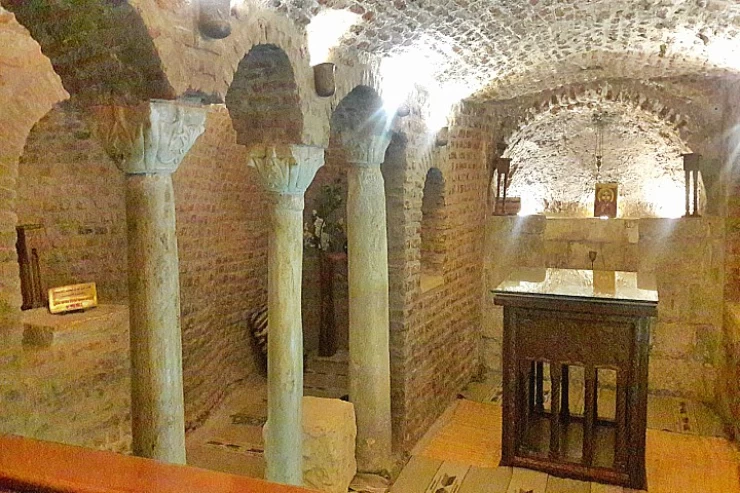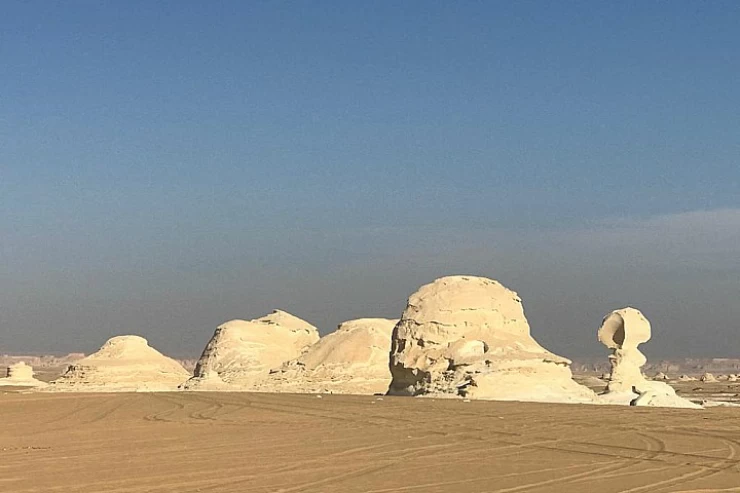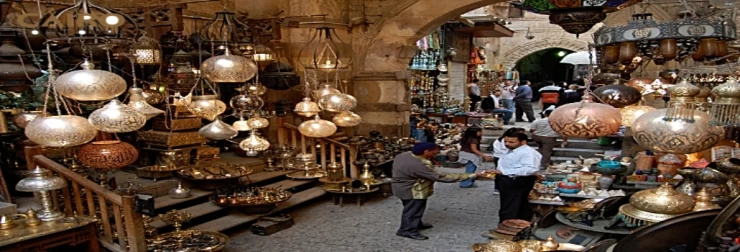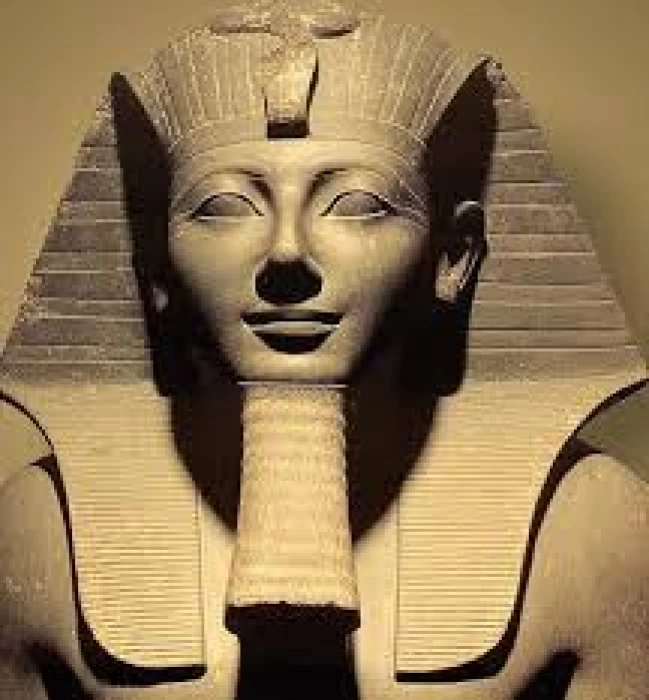
King Thutmose III | King Thutmose III
Thutmose III cared about the development of the army, and its organization, and supported it with knights, war weapons, and chariots. The ancient Egyptians pioneered the manufacture of arrows and bows during his reign. On the other hand, when Queen Hatshepsut was the ruler of Egypt, she preferred to be peaceful in the areas of Egyptian influence as in Nubia, Palestine, and with other neighboring countries. Egypt Trips can allow you to see one of the great temples dedicated to Queen Hatshepsut in the great City of Luxor.
Moreover, she gave attention to the navy and the naval expeditions to other countries to discover the coast of Lebanon trade land of Punt and the. As soon as Thutmose III inherited the throne of Egypt after the death of Hatshepsut, he had to expand the Egyptian authority over those areas to secure the empire's borders. Thutmose started sixteen military campaigns in Asia like Palestine and Syria. As a result, he established Egypt's control as far as Nubia to the south. With Cairo Top Tours certified Egyptologist, you will have the opportunity to explore the Egyptian history and the history of Egypt through Egypt Easter Tours with your partners.
In addition, Thutmose III built fortresses and castles to protect the borders of the country, training his soldiers with powerful modern weapons, for example, modern arrows. He also expanded the use of chariots or carriages with horses in combat. He also divided his army into a center and two wings during the Battle of Megiddo. He also started to use new military plans, tactics, and maneuvers that were used for the first time.
Before Thutmose III secured the country and invaded neighboring countries to prevent their attack on Egypt, he was concerned with the administration of that vast country that extended from the current western borders of Iraq and northern Syria to the south along the course of the Nile River south to the fourth cataract in central Sudan today. He appointed a governor from Egypt for each of those countries outside Egypt to rule them and secure the country. You can learn more about the great king Thutmose III during Luxor Day tours to discover the west bank of Luxor.
Thutmose is an anglicized form of the ancient Egyptian name dhwty-ms, meaning "Born of the god Thoth." Variations include Thutmoses, Tuthmose, Thothmes, Tuthmosis, Thutmes, Dhutmose, Djhutmose, and Djehutymes.
During the splendid twenty-year reign of Hatshepsut, King Thutmosis III devoted himself to military affairs as a co-agent after the death of his father Thutmosis II, without any apparent disagreement with his stepmother. For this reason, it was difficult to understand the reasons that subsequently led him to erase the memory of the queen. Perhaps, he resembled Hatshepsut in the desire to give maximum prominence to his businesses.
Tutmosis III is generally considered one of the greatest leaders and strategists of Egyptian history "the Egyptian Napoleon". During his long reign, he conducted countless military campaigns from Syria, to the Euphrates, to Nubia. his construction activity is remarkable as well. Some inscriptions praise their extraordinary physical strength, he was capable of hitting a metal target with a bow, often a palm, and passing it from side to side. At the end of his 54-year reign, he was succeeded by his son Amenophis II.
His tomb is beautiful, dug in a very deep and inaccessible gorge (and therefore not very frequently visited by tourists visiting the Valley of the Kings). The tomb is signed kv34 and is in an excellent state of conservation. The plan of the tomb is in the shape of a cartouche, probably a tribute to the god Thoth to whom our pharaoh took its name.
The temple with the so-called festival hall of Karnak where in addition to the famous Chamber of Ancestors we find the one called the Botanical Garden where the animal and vegetable species that the king had brought from Syria are represented and listed. Unfortunately, like most of his predecessors, he made use of pre-existing material for new buildings and used it to erase any signs of the hated Queen Hatshepsut.







